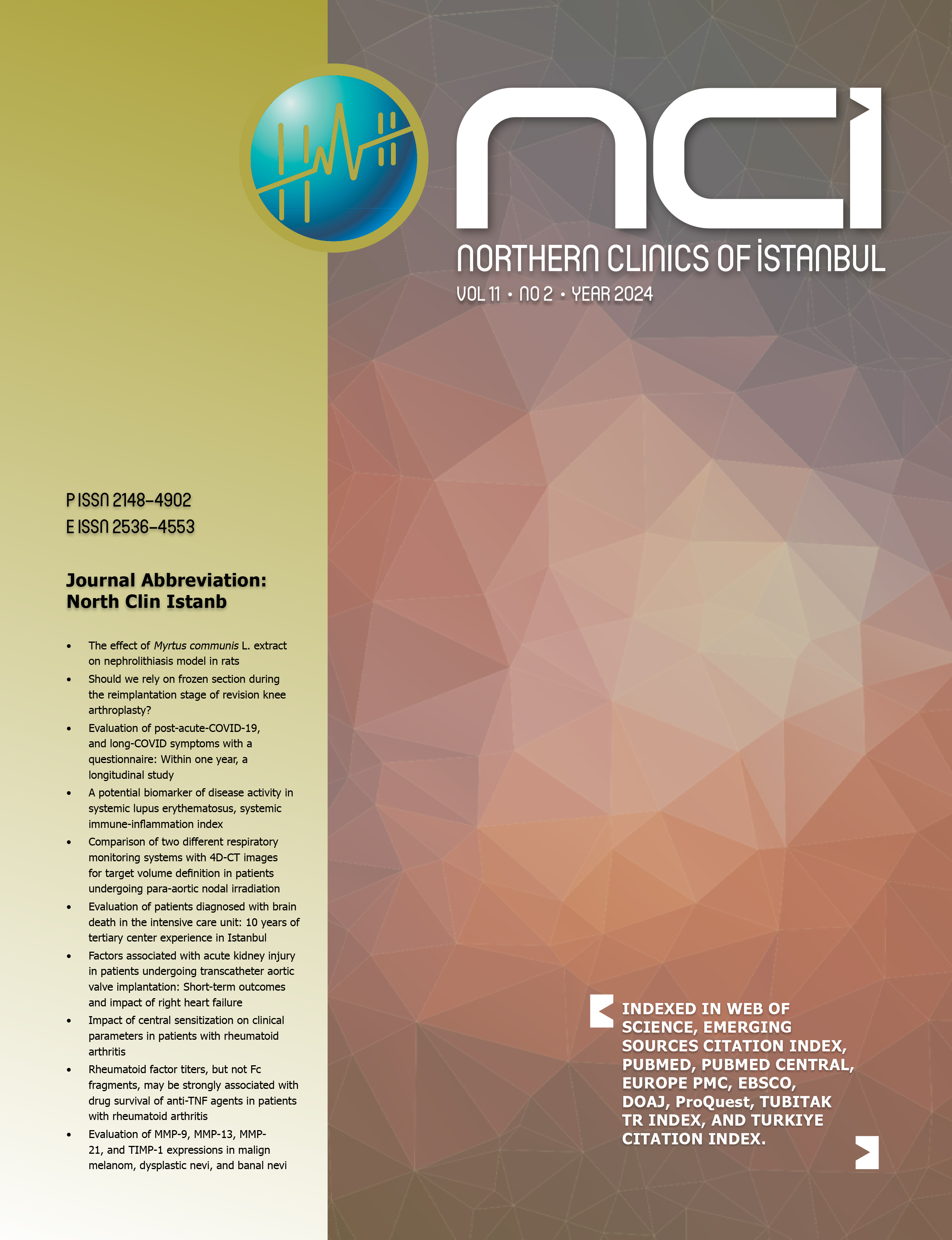A randomized controlled trial to study the effect of intratracheal and intravenous lignocaine on airway and hemodynamic response during emergence and extubation following general anesthesia
Divya V. Gladston1, Sudha Padmam2, Rajasree Omanakutty Amma1, Rachel Cherian1, Jagathnath Krishna K M3, Jayasree Vijayan1, Nimmy George1, Praveen Rajendran11Department of Anaesthesiology, Regional Cancer Centre, Trivandrum, Kerala, India2Department of Palliative Medicine, Regional Cancer Centre, Trivandrum, Kerala, India
3Division of Cancer Epidemiology and Biostatistics, Regional Cancer Centre, Trivandrum, Kerala, India
OBJECTIVE: Intratracheal (IT) and intravenous (IV) lignocaine suppress airway reflex and hemodynamic response during extubation, but studies regarding this are sparse. The primary aim was to compare the effect of IT and IV lignocaine on attenuation of airway reflex to endotracheal extubation and the secondary aim was to compare the hemodynamic responses to extubation, using lignocaine by the two different routes.
METHODS: Seventy-five female patients with comparable age, body mass index, and American Society of Anesthesiologists Physical Status undergoing carcinoma breast surgery were randomized into three groups. Group A received 2% lignocaine 3 mg/kg intratracheally 5 min and Group B received 2% lignocaine 1.5 mg/kg intravenously 3 min before extubation. Group C was control group. The airway and hemodynamic responses were noted in terms of episodes of cough during emergence and extubation. Categorical variables assessed using Fishers exact test and continuous variables assessed using one-way analysis of variance.
RESULTS: Cough suppression was present in Groups A and B, with better results observed with IT than with IV lignocaine. In the control group, Grade III cough reflex was present predominantly. There was a statistically significant difference (p<0.001) in blood pressure and heart rate between Group A versus Group C and in Group B versus Group C, but not between Group A and Group B.
CONCLUSION: IT lignocaine administered before extubation significantly attenuates post-extubation cough reflex than IV lignocaine. Both IT and IV lignocaine can effectively attenuate the airway and hemodynamic response to extubation. (NCI-2021-4-39/R1)
Keywords: Airway reflex, carcinoma breast, cough grade; extubation; hemodynamic stress response; intratracheal; intravenous; lignocaine; randomized controlled trial.
Manuscript Language: English





















